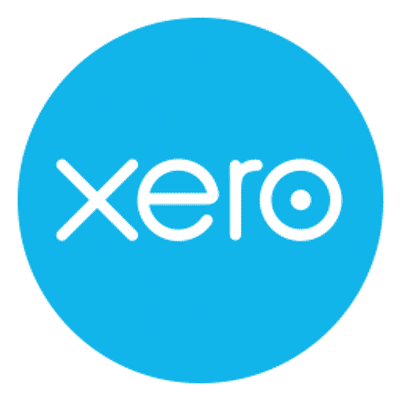Reporter Software is a Accounting Software. Reporter Software offers Tax Management, Spend Management, Revenue Recognition, Purchasing, General Ledger and many more functionalities.
Some top alternatives to Reporter Software includes Quickbooks, Xero, Freshbooks, Zoho Books and Acctivate Inventory Software.
No, Reporter Software doesn't provide API.
No, Reporter Software doesn't provide mobile app.
Reporter Software is located in Dhaka, Bangladesh
Reporter Software offers Free Trial, One-time license pricing models
The starting price is not disclosed by Reporter Software. You can visit Reporter Software pricing page to get the latest pricing.















